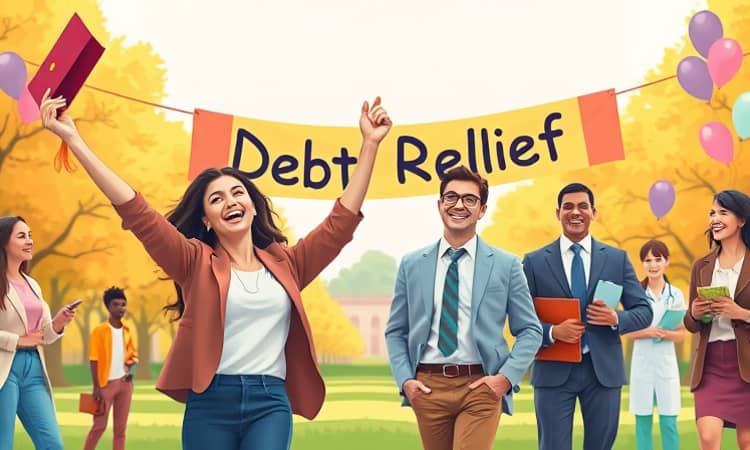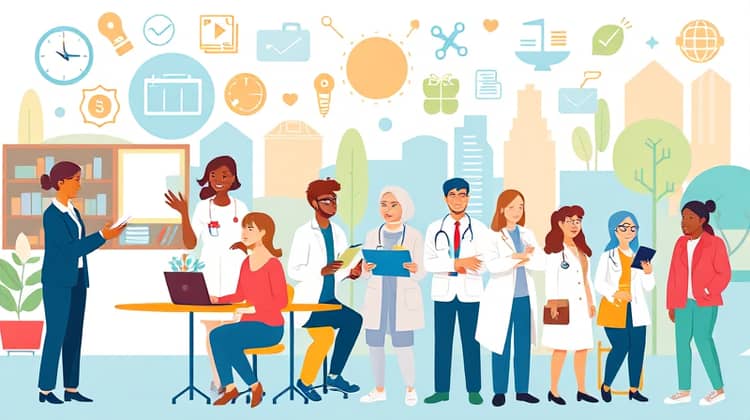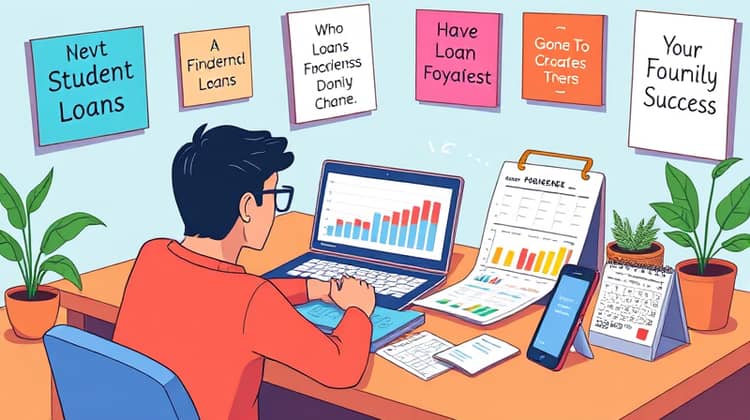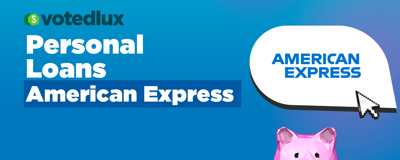Loan Forgiveness Programs Explained: What You Need to Know

Loan forgiveness programs offer a valuable opportunity for borrowers to alleviate the burden of student debt. Designed to assist those in specific professions or circumstances, these programs can lead to substantial financial relief by canceling or reducing student loans after meeting certain criteria.
Understanding the types of loan forgiveness available and how to navigate the application process is crucial for those seeking this debt relief. In this article, we will explore various loan forgiveness programs, their eligibility requirements, and tips for managing your loans throughout this process.
Types of Loan Forgiveness Programs

There are several types of loan forgiveness programs available to borrowers in the United States, each catering to different professions and circumstances. These programs have varying eligibility requirements, benefits, and application processes, so it’s essential to understand what each entails.
As student loan debt continues to grow, many individuals are looking for ways to manage their repayments and may find forgiveness options particularly appealing. The main types of loan forgiveness programs include Public Service Loan Forgiveness, Teacher Loan Forgiveness, Income-Driven Repayment Plan Forgiveness, and other federal programs.
1. Public Service Loan Forgiveness (PSLF)
Public Service Loan Forgiveness is designed for borrowers who are employed full-time in a qualifying public service job. Under this program, eligible borrowers can have their remaining federal student loans forgiven after making 120 qualifying monthly payments under a qualifying repayment plan.
To qualify for PSLF, you need to be working for a government organization or a non-profit that is tax-exempt under Section 501(c)(3) of the Internal Revenue Code. This program has specific requirements that must be met, making it essential for borrowers to stay informed about the criteria and application process.
- Verify your employment qualifies under PSLF.
- Consolidate your loans if necessary to enter a qualifying repayment plan.
- Make 120 qualifying monthly payments on your Direct Loans.
- Submit the PSLF application to get your remaining balance forgiven.
Successfully navigating the PSLF process involves staying organized and being proactive in monitoring your conditions for ongoing eligibility.
2. Teacher Loan Forgiveness
Teacher Loan Forgiveness is a program aimed at educators who work in low-income schools or educational service agencies. Eligible teachers can receive forgiveness for part of their federal student loans after completing five consecutive years of teaching in a qualifying role.
The amount forgiven depends on the subject area taught and the years of service, making this program a valuable resource for teachers looking to reduce their student loan balances.
- Teach full-time for five consecutive years in a low-income school or educational agency.
- Teach a subject shortage area, such as math, science, or special education.
- Submit the Teacher Loan Forgiveness application after meeting the eligibility requirements.
This program allows dedicated teachers to not only impact the lives of their students but also gain financial relief in managing their student loans.
3. Income-Driven Repayment Plan Forgiveness
Income-Driven Repayment (IDR) Plans can offer loan forgiveness for those making payments based on their income, typically after 20 to 25 years of qualifying payments. This program is particularly beneficial for individuals with lower incomes or those who are facing financial difficulties while carrying student loans.
Becoming familiar with the IDR plans and their respective repayment periods is crucial for borrowers seeking long-term loan forgiveness while managing their financial situations effectively.
- Enroll in a qualifying Income-Driven Repayment Plan.
- Make required monthly payments based on your income for 20 to 25 years.
- Submit the necessary documentation, including proof of income, annually to maintain enrollment in the plan.
- Request forgiveness of remaining loan balance after completion of the payment term.
Utilizing the IDR programs ensures that borrowers are not overburdened by payments, allowing them to work toward eventual forgiveness of their loans.
4. Other Federal Loan Forgiveness Programs
Various other federal loan forgiveness programs exist for certain professions such as the Department of Defense, the National Health Service Corps, and others. Each program has unique eligibility requirements and benefits that can significantly help borrowers in those specific fields.
How to Apply for Loan Forgiveness

Applying for loan forgiveness can be a straightforward process if you prepare adequately. Most loan forgiveness programs have specific steps that borrowers must follow to increase their chances of approval effectively.
To apply for forgiveness, it is essential to gather all necessary documentation and ensure that you meet the eligibility requirements for the program you are pursuing.
- Determine which loan forgiveness program aligns with your profession and circumstances.
- Collect required documents, such as proof of employment and income.
- Submit the completed application along with any requested supporting materials to the appropriate loan servicer or program administrator.
- Follow up on your application to check its status and ensure that all requirements are met.
Remaining proactive and organized when applying for loan forgiveness is crucial for ensuring your application is processed smoothly.
Tax Implications of Loan Forgiveness

One important consideration for borrowers seeking loan forgiveness is the potential tax implications. In some cases, the amount forgiven may be subject to federal income tax, depending on the type of loan and the forgiveness program utilized.
It is advisable to consult with a tax professional to understand how loan forgiveness might impact your tax situation and plan accordingly.
Tips for Managing Your Loans While Seeking Forgiveness

While pursuing loan forgiveness, it’s vital to have a strategy in place for managing your loans. This will help ensure that you remain on track with your payments and eligibility requirements, thus maximizing your chances of obtaining forgiveness.
Creating a budget, tracking your payments, and consistently communicating with your loan servicer are key aspects of efficient loan management.
- Create a spreadsheet to keep track of your payment history and eligibility criteria.
- Communicate regularly with your loan servicer to stay updated on your loan status.
- Make sure to submit your income documentation annually if you're under an Income-Driven Repayment Plan.
- Seek professional advice if you encounter issues during your loan forgiveness process.
By managing your loans wisely, you can avoid common pitfalls and stay focused on achieving your loan forgiveness goals.
Conclusion

In conclusion, loan forgiveness programs present significant opportunities for eligible borrowers to reduce or eliminate their student loan debts. By understanding the various programs available, you can make informed decisions about your financial future.
It’s essential to stay organized, meet application requirements, and seek professional assistance when needed, as these steps will ultimately lead to a smoother loan forgiveness experience.






